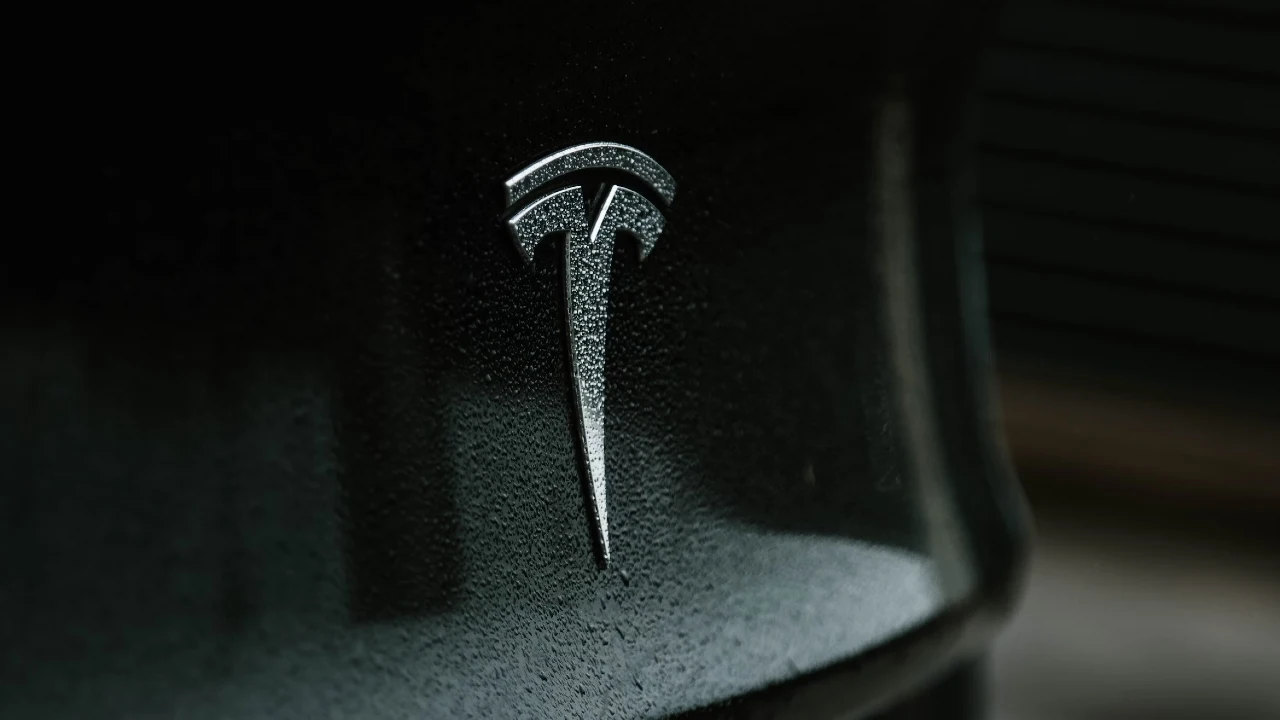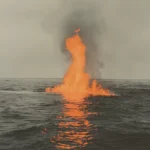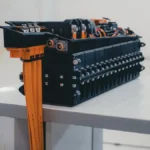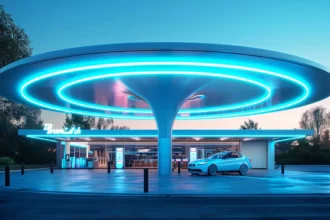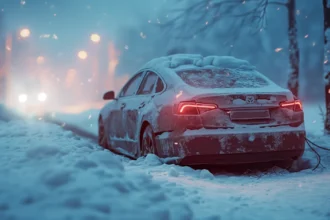Tesla, led by Elon Musk, is actively developing a robotaxi service that has caught the attention of federal safety regulators. According to InsideEvs, the National Highway Safety Administration (NHTSA) is intensively investigating Tesla’s ambitious plans to deploy self-driving taxis. The company has already begun early-access testing of this technology with Tesla employees serving as passengers while safety drivers remain behind the wheel.
Current Testing Progress and Locations
Tesla is currently conducting its robotaxi testing in two major locations: Austin, Texas and the San Francisco Bay Area. The company has modified several Model Y crossover vehicles specifically for this testing program. Each test vehicle includes a safety driver who monitors the system and can take control if needed. So far, Tesla has successfully completed more than 1,500 trips, covering over 15,000 miles during this early testing phase.
Understanding Tesla’s Self-Driving Technology
The robotaxi service relies on Tesla’s Full Self-Driving (FSD) technology, which uses a video camera-based system for navigation instead of the laser-based systems many competitors employ. Despite its ambitious name, Tesla’s current system is classified as SAE Level 2 – meaning it provides driver assistance but requires constant human supervision.
| SAE Level | Description | Driver Responsibility |
|---|---|---|
| Level 0 | No automation – driver performs all tasks | Complete control at all times |
| Level 1 | Basic assistance with either steering OR acceleration/braking | Must control all other functions and monitor constantly |
| Level 2 (Tesla FSD) | System controls both steering AND speed but requires supervision | Must stay engaged and ready to take over immediately |
| Level 3-5 | Increasing automation with reduced driver involvement | Gradually decreasing responsibility |
Tesla Support documentation clearly states that both Autopilot and FSD require a fully attentive driver with hands on the steering wheel. However, Musk has repeatedly indicated plans to eventually launch an “unsupervised” version of the FSD software, which would represent a significant advancement.
NHTSA’s Safety Investigation
The NHTSA has sent Tesla a comprehensive list of questions about its robotaxi plans. Investigators are particularly concerned about how the system will handle challenging weather conditions including:
- Sun glare that can temporarily blind cameras and create harsh lighting contrasts making object detection difficult
- Fog and rain that significantly reduce visibility and create water droplets on camera lenses
- Airborne dust that can obscure sensors and create false readings for the system
- Snow that can cover road markings and alter the appearance of the driving environment
This investigation follows four reported crashes in low-visibility conditions. The agency is seeking detailed information about the hardware, software, and SAE Level classification of the planned robotaxi service. A key concern is that the robotaxi appears to be based on the same FSD system that’s already under investigation.
Safety Challenges for Unsupervised Operation
Tesla has acknowledged the purpose of its testing, stating: “This service helps us develop and validate FSD networks, the mobile app, vehicle allocation, mission control, and remote assistance operations.” However, legal experts have warned that driverless crashes could make Tesla liable for damages.
According to NotATeslaApp, Tesla openly acknowledges the difficulties its systems face in conditions such as snow, sun glare, sand, dust, and fog. The company is working to improve performance in these conditions through specific training, with a focus on reliability and comfort.
The Road Ahead for Tesla’s Robotaxi Plans
As Tesla continues developing its robotaxi service, the company faces both technical and regulatory challenges. The current requirement for drivers to keep their hands on the steering wheel contradicts the ultimate vision of fully autonomous taxis. Whether Tesla can satisfy NHTSA’s safety concerns while advancing its technology to true self-driving capability remains the critical question for the future of this ambitious project.
